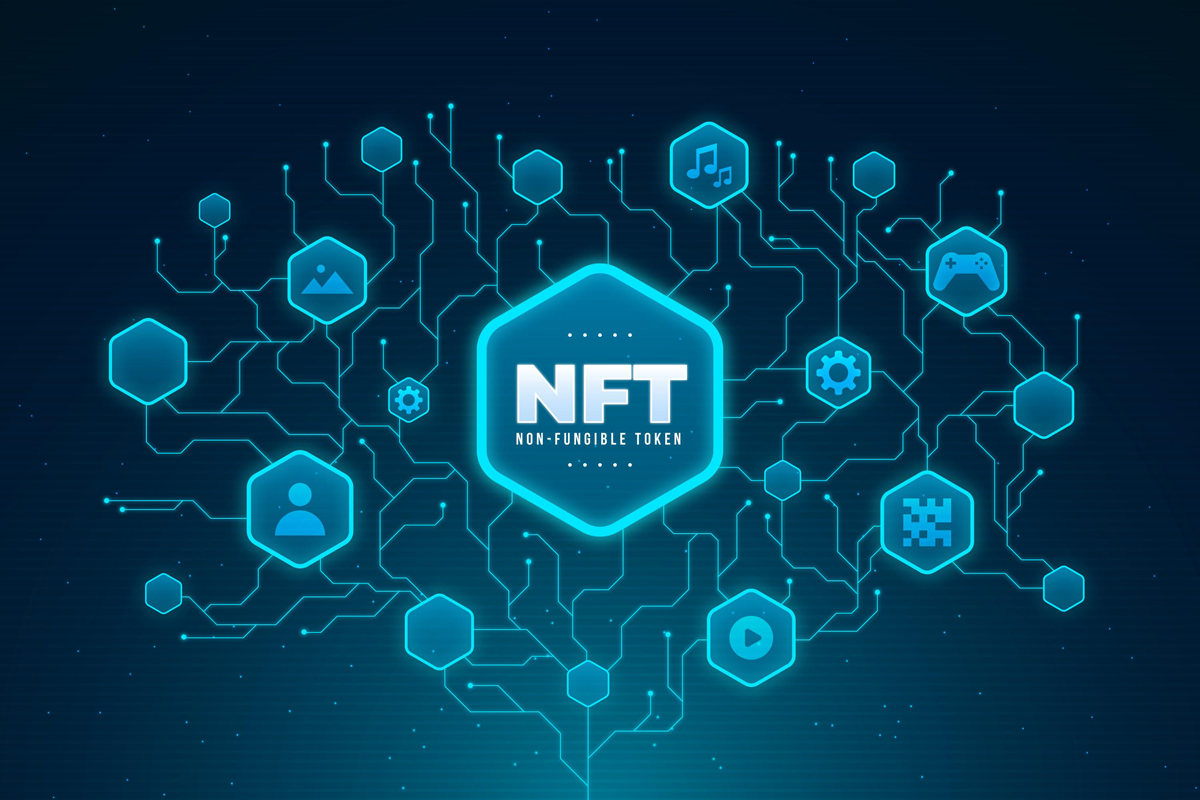Cryptocurrency Trends Shaping the Future by 2030

The cryptocurrency sector is seeing amazing expansion; forecasts indicate that by 2030, the cryptocurrency market trends worldwide will reach $5 billion. Trends like stablecoins, decentralized finance (DeFi) platforms, digital wallets, and non-fungible tokens (NFTs) are playing key roles in the financial scene’s change as fresh digital assets and financial technologies keep developing.
Examining the continuous patterns and their predicted effects on the Bitcoin market as it moves toward 2025 and beyond, this paper
The Future of Stablecoins
Stablecoins represent one of the most critical developments in the realm of cryptocurrencies. This lets customers trade digital currencies without the danger of Bitcoin or Ethereum.

With prominent players like Tether (USDT), USD Coin (USDC), and Binance USD (BUSD) driving the charge, stablecoins have become rather popular. Stablecoins present a more dependable and consistent substitute for savings, remittances, and transactions. Users in developing nations or those going through an economic crisis find them incredibly enticing because of their consistent pricing.
Stablecoins will keep expanding since people want more consistent and reliable digital money. Moreover, as governments worldwide wish to include digital currencies in the global financial system, these countries’ creation of Central Bank Digital Currencies (CBDCs) could propel even more acceptance of stablecoins. Stablecoins might take center stage in the financial system by 2030, helping the Bitcoin industry to flourish exceedingly.
Decentralized Finance
Rising as one of the most disruptive forces in the bitcoin scene is decentralized finance (DeFi). Using blockchain technology, DeFi systems offer financial services free from the requirement of established intermediaries like banks. Services, including lending, borrowing, trading, and insurance, are being provided. On distributed platforms, using smart contracts to guarantee openness and security
With the total value locked (TVL) on DeFi platforms reaching over $100 billion by the end of 2021, the sector has already seen explosive expansion. DeFi’s capacity to democratize access to financial services, remove intermediaries, and cut transaction fees particularly appeals to consumers looking for a more equitable and effective financial system.
DeFi platforms should keep growing and provide a more complete spectrum of services as we head toward 2025. As blockchain technology develops, these platforms will probably become more advanced and easily available, attracting a larger audience. DeFi might thus be very important in promoting the broader use of cryptocurrencies and may upset established financial systems by providing more affordable and quick substitutes.
Cryptocurrency Digital Wallets
Users of Crypto market generally engage with them using digital wallets. These wallets let people securely save, transmit, and accept digital money. Digital wallets come primarily in cold wallets (offline) and hot wallets (internet-connected). While cold wallets are more secure and usually used for long-term storage of digital assets, hot wallets give instant access to funds and are typically utilized for routine transactions.
Digital wallets have become more sought after as cryptocurrency acceptance rises. Leading wallet providers are always improving their products to incorporate multi-signature security systems, integrated distributed exchanges (DEXs), and multi-currency capability. These developments facilitate the safe storage and management of cryptocurrencies for institutional investors as well as private users.
NFTs and Digital Ownership
Which are used mainly in the digital art and collectibles markets. They have grown to be a big trend in the Bitcoin scene. Unique digital assets and NFTs show ownership of virtual real estate, music, films, and artwork. These tokens have revolutionized the perception of digital ownership. They provide creators with new opportunities to profit from their creations and a way to invest in unique digital goods.
With well-known sales reaching millions of dollars and drawing significant media coverage, the NFT Sales business boomed in 2021. Originally popular in the art and entertainment sectors, NFTs have since found their way into virtual reality, gaming, and fashion.
Final thoughts
The bitcoin market will grow significantly, and the global market is expected to reach $5 billion by 2030. Stablecoins, DeFi platforms, digital wallets, and NFTs are driving this progress and transforming the financial landscape.
These tendencies will be increasingly crucial for the general acceptance of cryptocurrencies as they develop. They are promoting more financial inclusion, efficiency, and creativity. Maintaining a competitive edge in a rapidly evolving market necessitates that firms, investors, and consumers stay informed about these emerging trends. By 2030, cryptocurrencies could be wholly included in the global financial system and have effects felt in markets and sectors all around.





